New high school entrants to decrease by over 100,000 by 2018
By KH디지털2Published : April 3, 2016 - 12:54
The number of students entering high schools in South Korea is forecast to dip by more than 100,000 over the next two years, a government report said Sunday, signaling an upcoming demographic upheaval caused by the nation's falling birthrate.
The Ministry of Education said the number of new entrants into high schools nationwide will fall to 526,895 in 2017, down about 70,000 from this year's 596,066.
According to the ministry's prediction, the figure will again decrease by about 63,900 to 462,990 in 2018, meaning the population of high school freshmen will shrink by about 133,000 over the next two years.
Notably, the pace of the reduction will accelerate, as the number of new high school students decreased by around 10,000 over the past three years. Moreover, the number of new high school entrants slightly increased between 2015 and 2016, due to the so-called millennium baby boom.
"The so-called 'demographic cliff' phenomenon, which began in elementary schools in 2008 and 2009, appears to have expanded to affect middle and high schools," a ministry official said.
He noted that the local education authorities have begun measures to adjust the number of high school classes in anticipation of the upcoming demographic change.
The Seoul Metropolitan Office Of Education, for instance, recently recommended that the number of high school classes in the capital city be reduced by about 700 by 2018.
Education experts say the falling population of high school students will drastically pull down the competition ratio for entrance into domestic colleges and universities, starting in 2020.
At present, about 550,000 people attend colleges and universities, including two-year colleges, in South Korea.
South Korea has one of the lowest birthrates among the Organization for Economic Cooperation and Development members, stoking concerns that it could cripple the country's growth potential and possibly result in more welfare expenses.
The government's latest data showed that the fertility rate, or the average number of babies that a woman is projected to have during her lifetime, stood at 1.24 in 2014, well below the proper level of 1.8 percent to sustain the current population. South Korea's population is projected to start to decrease in 2030, when it will peak at 52.16 million, with the pace of aging and the low birthrate to continue. (Yonhap)



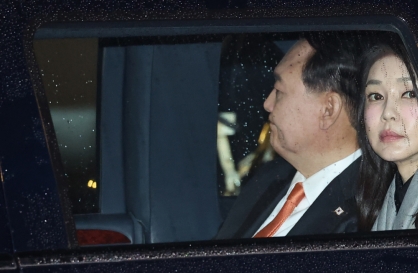


![[KH Explains] Can tech firms' AI alliances take on Nvidia?](http://res.heraldm.com/phpwas/restmb_idxmake.php?idx=644&simg=/content/image/2024/05/07/20240507050619_0.jpg&u=)
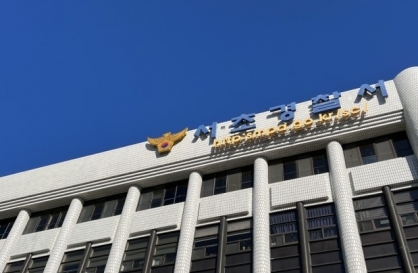

![[Grace Kao, Meera Choi] Has money displaced romance on dates?](http://res.heraldm.com/phpwas/restmb_idxmake.php?idx=644&simg=/content/image/2024/05/06/20240506050233_0.jpg&u=)
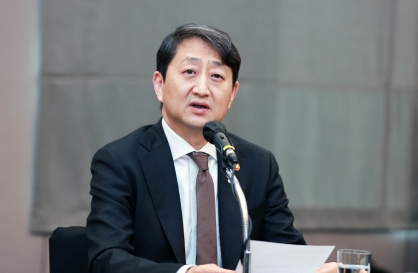
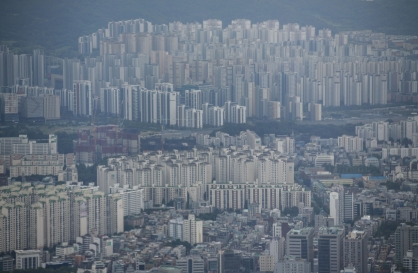



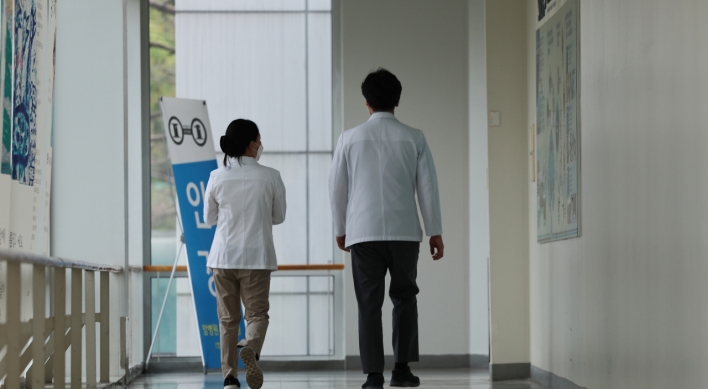
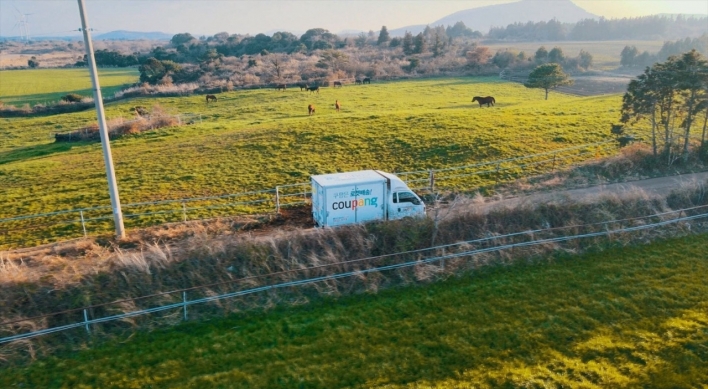
![[K-pop’s dilemma] Time, profit pressures work against originality](http://res.heraldm.com/phpwas/restmb_idxmake.php?idx=652&simg=/content/image/2024/05/08/20240508050705_0.jpg&u=20240508171126)
![[Today’s K-pop] NCT Dream to drop pre-release from 2nd Japan single](http://res.heraldm.com/phpwas/restmb_idxmake.php?idx=642&simg=/content/image/2024/05/08/20240508050725_0.jpg&u=)